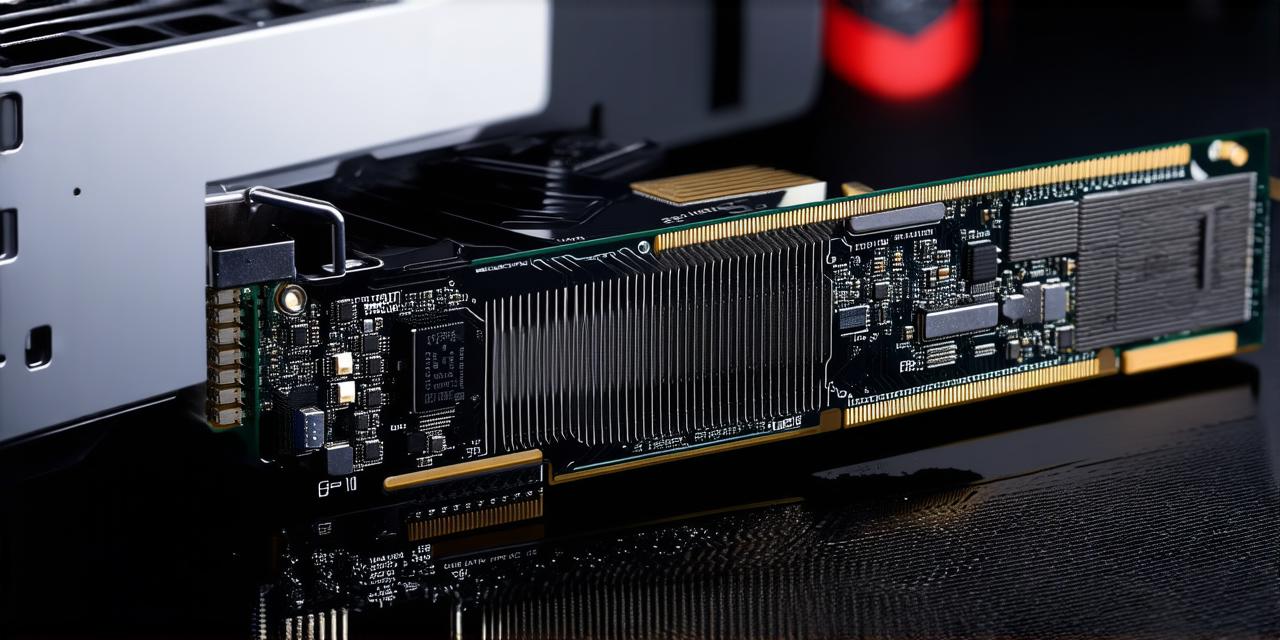When it comes to game development, video game system requirements are critical to ensuring that a game is accessible and enjoyable for all players. These specifications outline the hardware and software requirements needed to run a game, such as minimum CPU speed, RAM, graphics card, operating system version, and more.
While these requirements may seem like technical details, they actually have a significant impact on game development and can make or break a player’s experience.
Designing Games for Different Platforms and Devices
One of the primary reasons why video game system requirements matter is that they allow game developers to design games that are optimized for different platforms and devices. This includes everything from mobile phones and tablets to consoles and computers.
By specifying the minimum and recommended hardware and software requirements, game developers can ensure that their games will run smoothly and look good on a wide range of devices.
Ensuring Compatibility with a Wide Range of Players
Another important consideration when it comes to video game system requirements is ensuring compatibility with a wide range of players.
By specifying minimum hardware and software requirements, game developers can ensure that their games will work on as many devices and operating systems as possible, making them more accessible to a wider audience.
Minimizing Technical Issues that Could Affect Gameplay
In addition to ensuring compatibility with a wide range of players, video game system requirements also help to minimize technical issues that could negatively affect gameplay.
By specifying the minimum and recommended hardware and software requirements, game developers can ensure that their games will run smoothly and look good on as many devices as possible, reducing the risk of lag or crashes that could interrupt gameplay and frustrate players.
Common Mistakes Game Developers Make When Setting System Requirements

While video game system requirements are critical to ensuring a positive player experience, they can also be a source of frustration for both developers and players if not set appropriately.
Some common mistakes game developers make when setting system requirements include:
- Overestimating hardware requirements
- Underestimating software requirements
